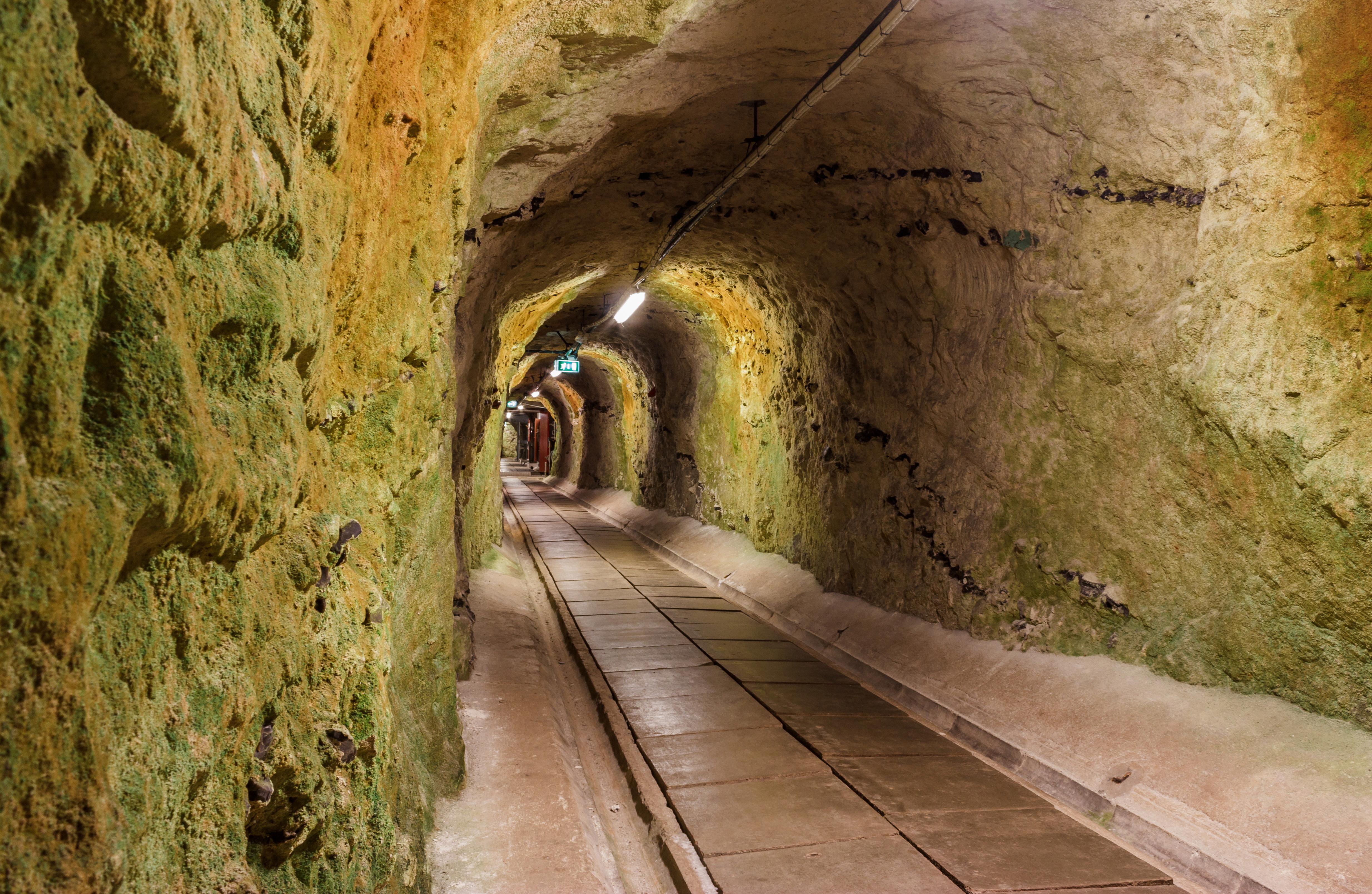When we think about the temperature underground, the first thing that comes to mind is coldness. However, the truth is a bit more complex than that. The temperature underground varies depending on several factors such as latitude, time of the year, and depth.
At the surface, the temperature can be scorching hot in the summer and freezing cold in the winter. However, as we dig deeper, we start to notice a decaying wave of temperature. This means that the deeper we go, the less influence the surface temperature has on the underground temperature.
At aound 6 to 8 feet underground, the temperature becomes constant year-round, and it is significantly warmer than the surface temperature during the winter. In Minnesota, for example, the earth’s temperature at this depth is stable at 48-52°F, which is much warmer than the freezing temperatures that can occur on the surface during the winter.
The reason for this constant temperature is the Earth’s geothermal energy. The Earth’s crust acts as a natural insulator and traps the heat generated by the Earth’s core. This heat is then transferred to the surrounding soil and rocks, which keeps the temperature constant.
It is important to note that the temperature underground can vary depending on latitude. The closer you are to the equator, the warmer the underground temperature will be. Conversely, the closer you are to the poles, the colder it will be.
The temperature underground is not always cold. As we dig deeper, the temperature becomes more constant and warmer than the surface temperature during the winter. The Earth’s geothermal energy plays a crucial role in maintaining this constant temperature, and it varies depending on latitude.
Temperature Underground
When it comes to the temperature beneath the ground, it’s not as simple as saying it’s either cold or hot. The temperature varies depending on several factors.
Firstly, the temperature closer to the surface will be affected by the weather conditions of the current season. For instance, during the winter, the ground will be colder as it’s exposed to the cold air, wile in the summer, the ground will be warmer due to the heat from the sun.
However, as we dig deeper into the ground, the effects of the weather conditions become less significant. Instead, the temperature will vary downward as a decaying wave. This means that the deeper we go, the more we experience the temperature from previous seasons.
For example, if we dig several feet into the ground during the summer, we will feel the warmth from the previous summer. But if we go even deeper, we will eventually reach a point where the temperature is constant year-round.
It’s important to note that the exact temperature of the ground will vary depending on the location and other environmental factors. But in general, the deeper we go, the more consistent the temperature will be.
It’s not accurate to say that the ground is either cold or hot. The temperature beneath the ground varies depending on several factors, including the current season, depth, and location.

Source: commons.wikimedia.org
The Temperature of Subterranean Environments
When it comes to the temperature below the surface of the earth, it’s important to understand that the temperature can vary depending on the depth and location. However, as a general rule, the temperature below the surface remains relatively consistent, regardless of the weather conditions above ground.
At a depth of around 10 feet, the temperature under the ground is typically around 50-60°F (10-15°C). This is because the ground absorbs and retains heat from the sun, which helps to keep the temperature relatively stable.
As you go deeper into the earth, the temperature will increase by approximately 1°F (0.6°C) for every 60 feet (18 meters) you descend. This is due to the Earth’s internal heat, which is generated by radioactive decay and leftover heat from the planet’s formation.
At a depth of around 1 mile (1.6 kilometers), the temperature under the ground can be as high as 160°F (71°C). At even greater depths, the temperature can reach well over 200°F (93°C).
It’s also worth noting that the temperature below the ground can vary depending on the latitude. In colder regions, the ground will be colder at the surface, but the temperature below the ground will remain relatively stable. In warmer regions, the ground will be warmer at the surface, but again, the temperature below the ground will remain consistent.
The temperature below the surface of the earth can vary depending on depth and location, but it generally remains relatively stable betwen 45°F and 75°F.
Average Temperature 6 Feet Underground
The temperature 6 feet underground varies depending on the location and the time of year. However, in Minnesota, the temperature at this depth remains relatively stable between 48-52F. This is due to the insulating properties of the soil, which helps to regulate the temperature. The earth’s temperature at this depth is also affected by factors such as local geology, rainfall, and vegetation. It is important to note that the temperature at 6 feet underground is generally cooler than the surface temperature during the summer months and warmer than the surface temperature during the winter months. This is because the soil acts as a buffer, absorbing and releasing heat more slowly than the air. In areas whre the ground freezes, the temperature at 6 feet underground can drop significantly, as the frozen soil acts as an insulator, trapping cold air and reducing the amount of heat that can penetrate the earth’s surface.
Conclusion
While the temperature underground may vary depending on the depth and location, it is generally warmer than the surface during colder months and cooler during hotter months. However, at a certain depth, the temperature becomes constant year-round, providing a stable and consistent environment. So, while it may not be as cold as one may expect, it is important to note that the temperature underground can still have a significant impact on the environment and ecosystems that depend on it.
